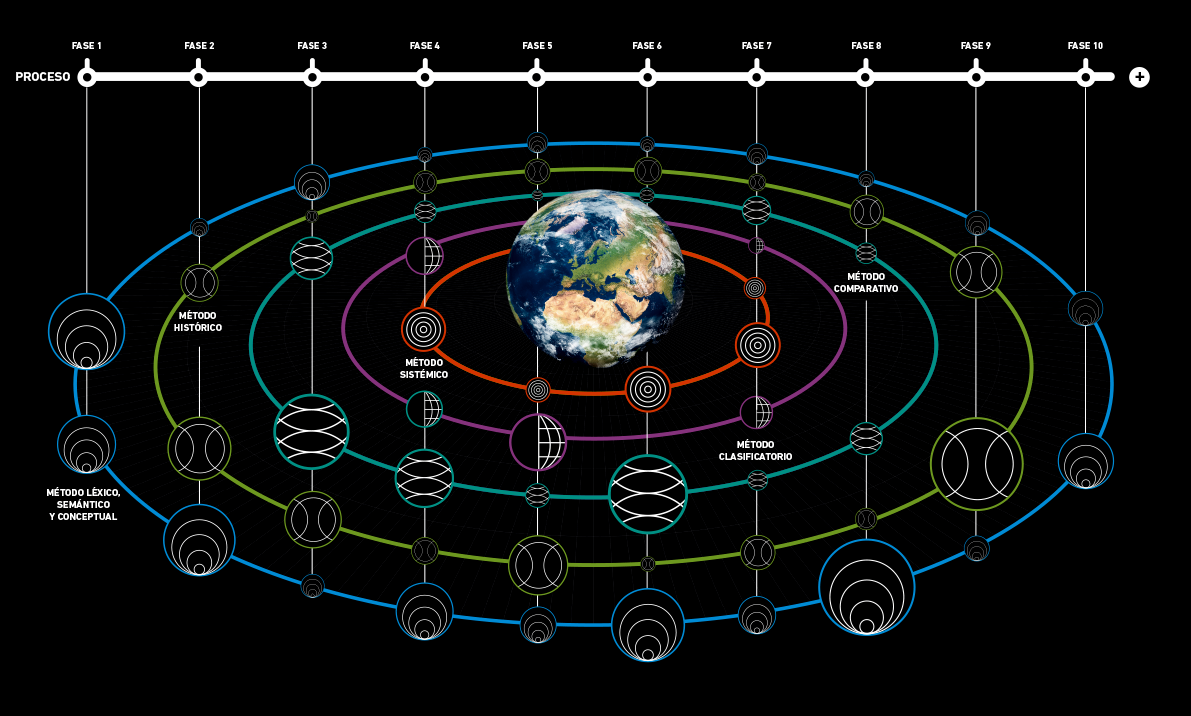Comparing is paying attention to two or more objects to discover their relationships or consider their differences or similarities.
The difference is the quality or accident by which one thing is distinguished from another, or the variety between things of the same species.
Equivalence is the equality in the value, estimation, power or efficacy of two or more things or people.
Equality is the conformity of something to something else in nature, form, quality, or quantity, or the correspondence and proportion that results from many parts that uniformly make up a whole.
Before comparing, it is necessary to consider “What can we compare” or rather, “What areas of comparison can exist?”. With the intention of ordering and structuring all the fields and fields of knowledge, we have defined some fields and a list in which they are developed.
There are three main areas: nature, the human being and what the human being does. These areas and the list in which they are developed determine from which points of view we can describe an object and also from which points of view we can compare different objects with each other.
Within what the human being does, we highlight society and culture. One of the fundamental comparisons is the comparison between different territories with different cultures. Some comparisons, the cultural ones, which are closely related to the comparison relative to climate or history.
What can we compare with?
Comparisons in relation to context:
According to popular / common meaning of a certain social group. For example, in the Valencian town of Buñol the tomato is a symbol of its main festival, the tomatina.
The types of comparative methods can be summarized through the first two of the five inductive methods of the philosopher John Stuart Mill: the concordance method, which consists of the study focused on the characteristics that coincide, and the difference method, which consists of the study focused on the characteristics that differ.
In parallel to this distinction between agreement and difference, it is also possible to distinguish between the so-called design of the most similar systems, which consists of comparing cases that are as similar to each other as possible, and the design of the most different systems, which consists of comparing cases as much as possible. different from each other.
The combination of the concordance method, the difference method, the design of the most similar systems and the design of the most different systems result in four main types of comparative methods:
For example: to identify the drug that cures a disease, the following can be studied:
